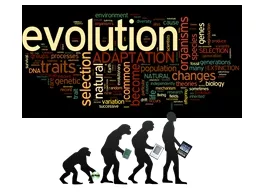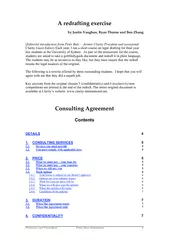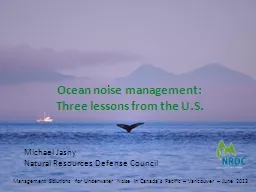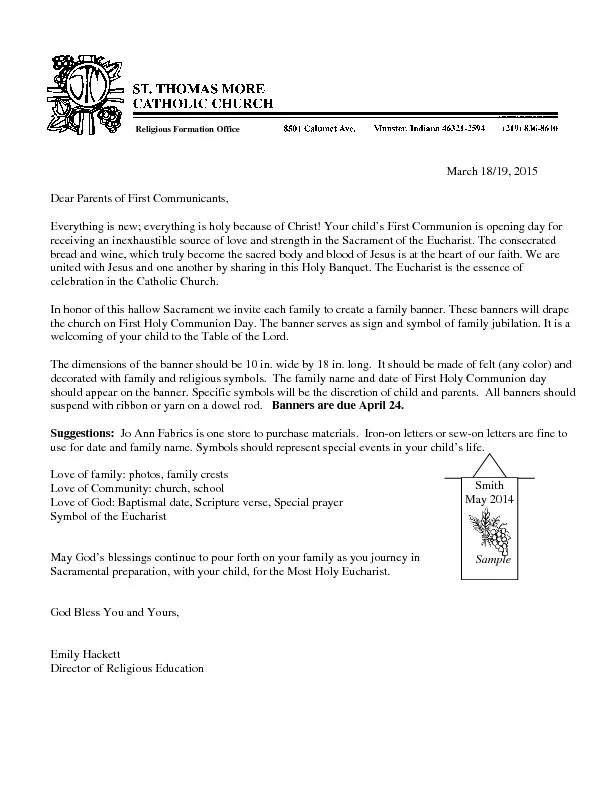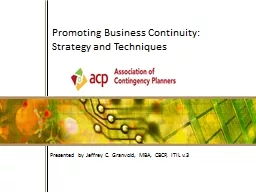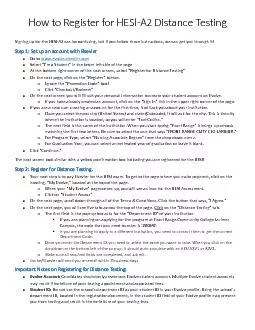PPT-Everything must evolve…
Author : jane-oiler | Published Date : 2017-07-25
Charles Darwin Father of Evolution Proposed a way how evolution works How did creatures change over time by natural selection Collected a lot of evidence to support
Presentation Embed Code
Download Presentation
Download Presentation The PPT/PDF document "Everything must evolve…" is the property of its rightful owner. Permission is granted to download and print the materials on this website for personal, non-commercial use only, and to display it on your personal computer provided you do not modify the materials and that you retain all copyright notices contained in the materials. By downloading content from our website, you accept the terms of this agreement.
Everything must evolve…: Transcript
Download Rules Of Document
"Everything must evolve…"The content belongs to its owner. You may download and print it for personal use, without modification, and keep all copyright notices. By downloading, you agree to these terms.
Related Documents

